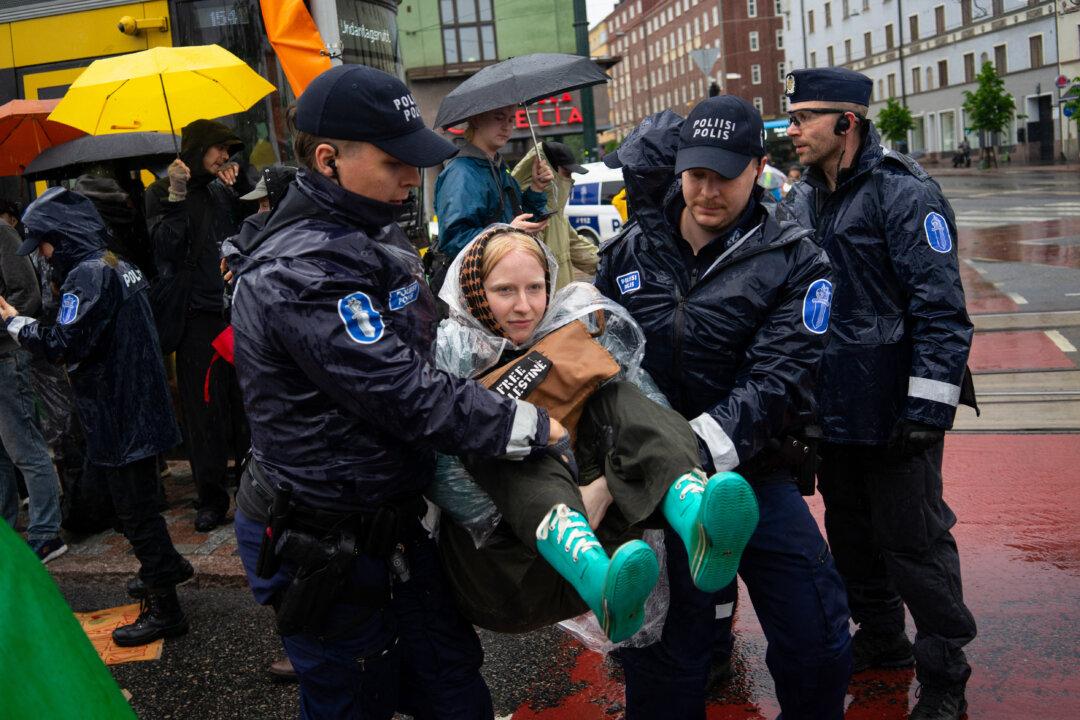Commentary
In Charles Dickens’s much-loved story “A Christmas Carol,” the crotchety protagonist, Ebenezer Scrooge, is visited by three spirits. The third visitor, the Ghost of Christmas Yet to Come, gives Scrooge a sneak preview of how bleak and tragic his life will be if he stays on the same course.





